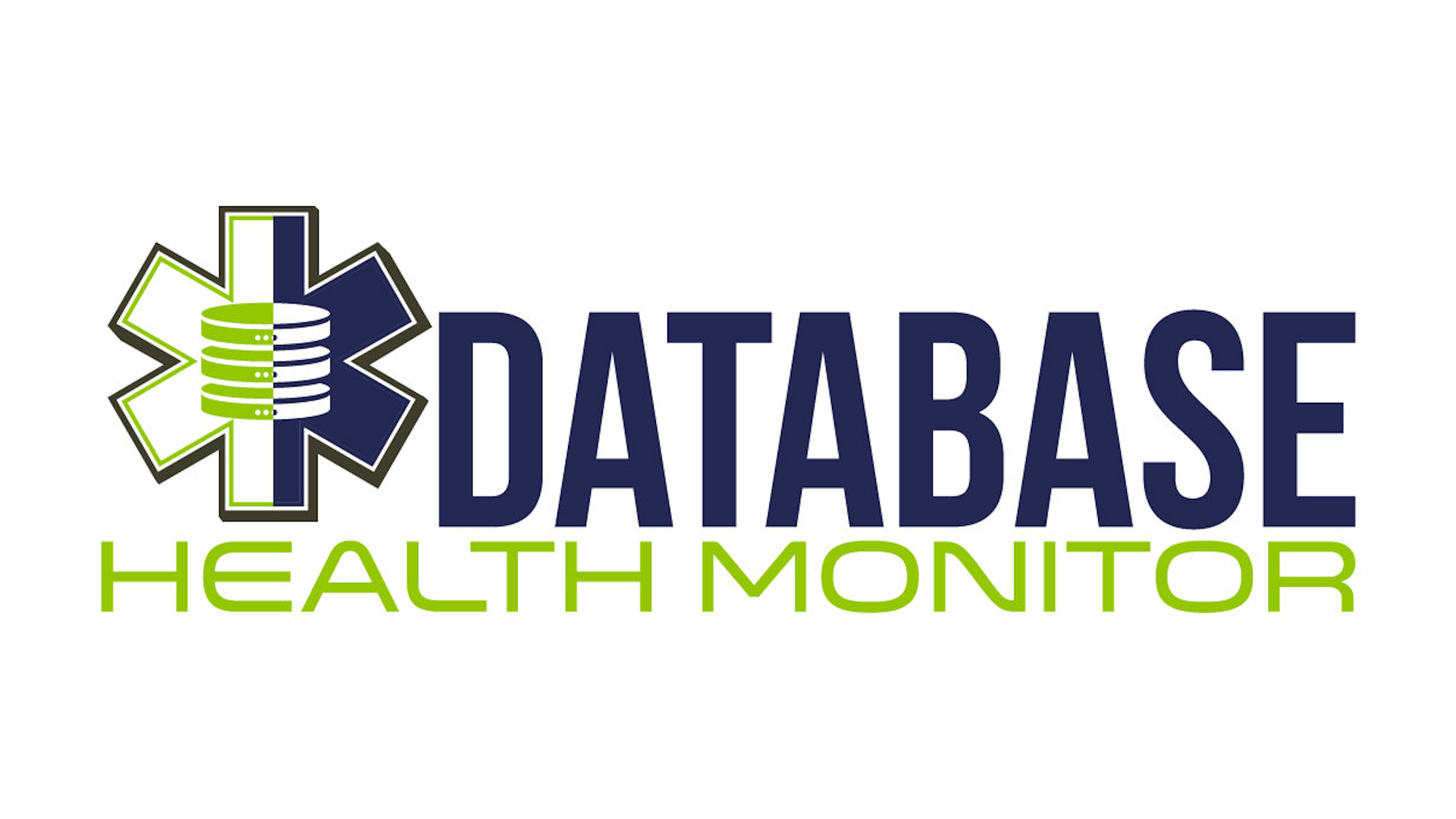Understanding the Quick Scan Report: Backup to NUL
When managing SQL Servers, one often overlooked yet critical aspect is ensuring that backups are functioning as intended. It’s not just about having backups, but about understanding the nuances and potential pitfalls associated with them. A particular situation that requires attention is the practice of backing up to a NUL device. While this might serve specific purposes, such as measuring the speed of a backup without the overhead of disk I/O, it’s generally not recommended for a production environment. Why? Because it doesn’t actually save your data – it simply discards it.
This is where the Quick Scan Report feature of the Database Health Monitor application becomes an invaluable asset. As part of its suite of tools designed to aid in SQL Server performance monitoring and diagnostics, Database Health Monitor’s Quick Scan Report offers a comprehensive overview of your server’s health, including the detection of backups to NUL.
What is a Backup to NUL?
In SQL Server, backing up to NUL is akin to sending your data into a black hole. The command essentially directs the backup stream to a dummy device, meaning no backup file is created. While this might be useful in testing environments to gauge backup speed, in a production environment, it’s akin to not having a backup at all.

How Database Health Monitor Helps
Database Health Monitor is a powerful tool tailored for SQL Server health and performance assessment. It’s designed to give DBAs and system administrators a clear and concise view of the state of their servers. One of its features, the Quick Scan Report, quickly identifies critical issues like backups to NUL. It doesn’t just stop at identification; it provides comprehensive details and context, helping you understand the potential impact and guiding you towards resolution.
Here’s how the Quick Scan Report aids in managing and rectifying the Backup to NUL issue:
- Detection: It scans and detects any instances where a backup to NUL has occurred. This immediate detection is crucial in preventing potential data loss scenarios.
- Details: The report provides details about when the backup to NUL was taken and on which databases, allowing you to assess the extent and impact.
- Guidance: It offers insights and recommendations on how to address the issue, promoting best practices and preventive measures.
- Comprehensive Monitoring: Beyond backups, Database Health Monitor provides insights into server health, performance, backups, disk space, and query efficiency. It’s a holistic tool designed to preemptively identify and solve a myriad of potential issues.
Why Choose Database Health Monitor?
- Free for Single Server: You can start using Database Health Monitor for free with a single server connection. It’s an excellent way to familiarize yourself with its capabilities and see immediate value.
- Upgrade for More: For more extensive environments, options are available to monitor multiple servers, providing a scalable solution for your growing needs.
- Expertise and Support: Developed with decades of experience in SQL Server and a deep understanding of DBA needs, Database Health Monitor is a tool built by professionals for professionals.
In conclusion, while backing up to NUL might have its place in certain scenarios, it’s crucial to be aware of its use and implications in your environment. Database Health Monitor’s Quick Scan Report feature is an essential tool in your arsenal, providing the insights and oversight necessary to ensure your backups are not just running, but running correctly and efficiently. To learn more about how this tool can transform your SQL Server monitoring and diagnostics, visit Database Health Monitor. And for those looking to deepen their SQL Server knowledge, consider enrolling in Stedman’s SQL School classes at Stedman.us/school. Your data deserves the best defense, and with the right tools and knowledge, you can provide just that.
More from Stedman Solutions:

Steve and the team at Stedman Solutions are here for all your SQL Server needs.
Contact us today for your free 30 minute consultation..
We are ready to help!

